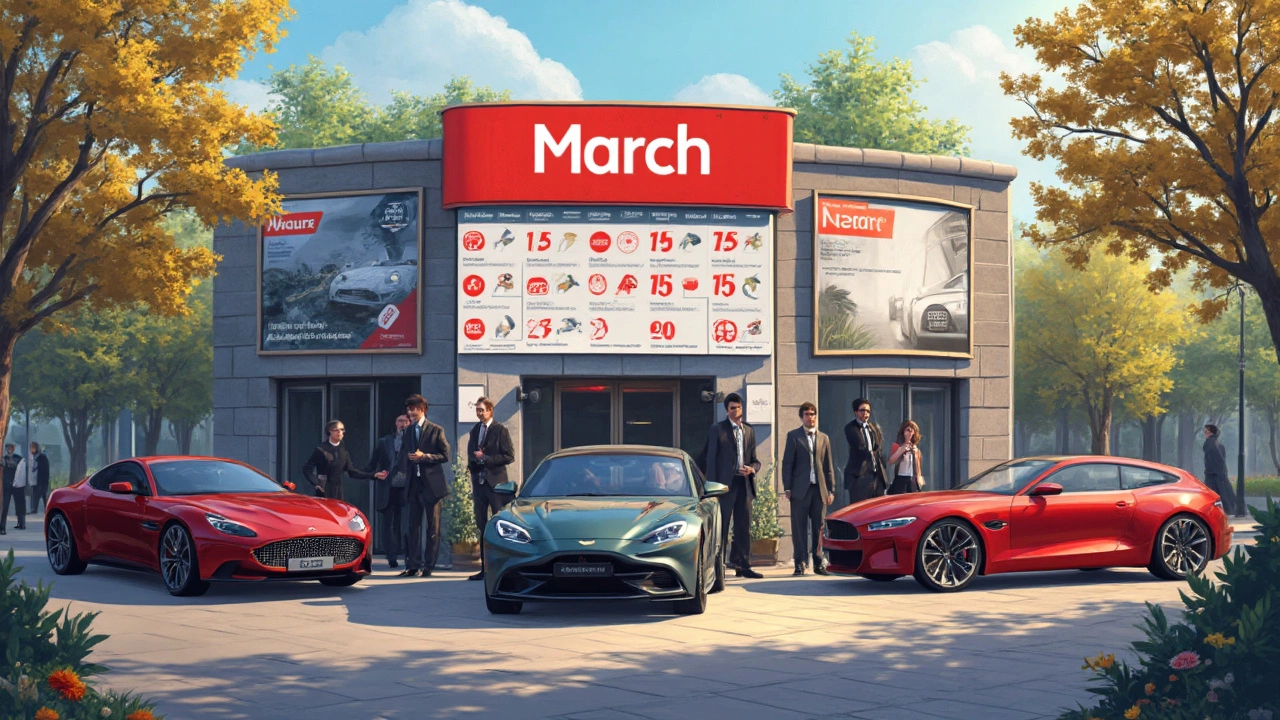Best Month to Buy a Car: Timing Your Purchase for Maximum Savings
If you’ve ever wondered when to snag the best price on a new car, you’re not alone. Most shoppers assume the cheapest day is a random Tuesday, but the real secret lies in the calendar. Dealers follow a predictable pattern of inventory clearance, quota deadlines, and seasonal demand shifts. By aligning your purchase with those cycles, you can shave thousands off the sticker price.
Why Prices Fluctuate Throughout the Year
Car manufacturers set annual sales targets for each dealer. When a dealer hits their quota early, they’re motivated to push extra units to keep bonuses flowing. This usually happens at the end of each quarter – March, June, September, and December – so you’ll often see deep discounts in the final weeks of those periods. Additionally, new model launches in the fall create a glut of older‑year vehicles, prompting dealers to lower prices to free up showroom space.
Seasonal demand also matters. Summer sees a spike in SUV and convertible sales, while winter brings slower traffic and more price‑flexibility for all body styles. Weather‑related buying habits mean dealers are willing to negotiate harder when foot traffic drops, especially in colder months.
Top Months to Target for the Best Deals
Based on industry data, the sweet spot for car buying falls in two windows: late summer (August – September) and the final weeks of the year (December). August is when dealers are clearing out the current model year to make room for next‑year designs, offering incentives that can total up to 15 % off MSRP. December, meanwhile, combines end‑of‑quarter pressure with holiday promotions, giving you extra cash‑back offers and low‑interest financing.
Don’t overlook the end of each quarter – March, June, and September – as they often feature “dealer‑hold” sales events. These events are marketed as “limited‑time only” and typically include bundled accessories, extended warranties, or waived dealer fees. Even if you can’t wait for the perfect month, timing your visit near a quarterly deadline can still net a solid discount.
Another practical tip: monitor manufacturer incentives on their websites. Incentives such as “0 % APR for 60 months” or “up to $3,000 cash back” are refreshed monthly, and they usually align with the periods mentioned above. Signing up for dealer newsletters can give you a heads‑up on these offers before they’re advertised widely.
When you finally decide on a month, go prepared. Know the invoice price of the car, have your financing options ready, and be ready to walk away if the deal doesn’t meet your target. Dealers respect a confident buyer and are more likely to throw in extra perks when they sense you’ve done your homework.
In short, the best month to buy a car isn’t a single day – it’s a range of strategic windows tied to dealer quotas, model year transitions, and seasonal demand. Aim for August‑September or December, keep an eye on quarterly deadlines, and stay informed about manufacturer incentives. Follow these steps, and you’ll drive away with a great car and an even better price.

Finding the best month to finance a car can save you significant money. Financial strategies vary with seasonal sales, dealership incentives, and your readiness to negotiate. Being aware of the market trends and understanding the dealership cycle can transform your car financing experience. In this article, we break down the key months and provide actionable tips to ensure you get the best deal possible.
Read More